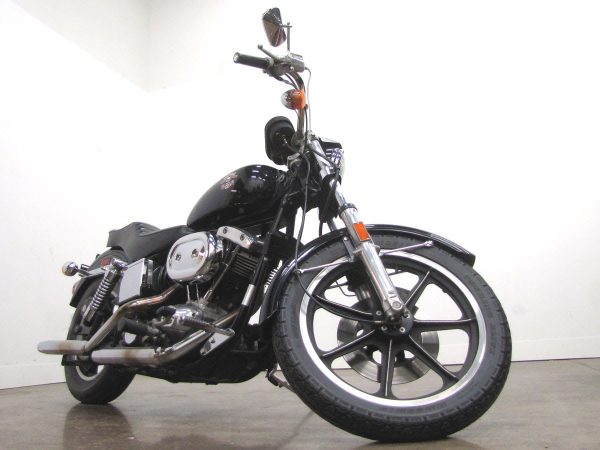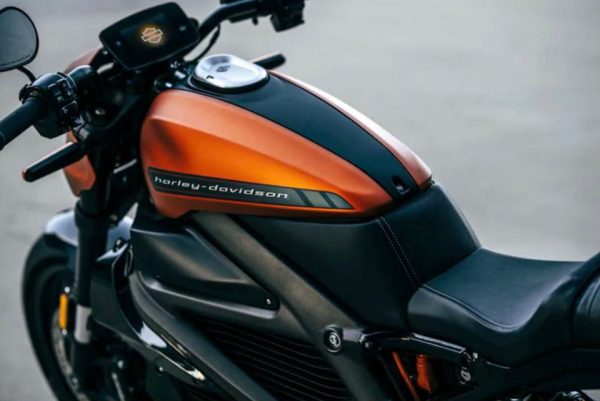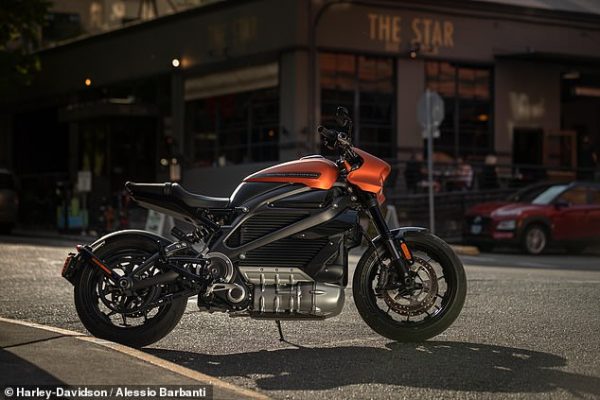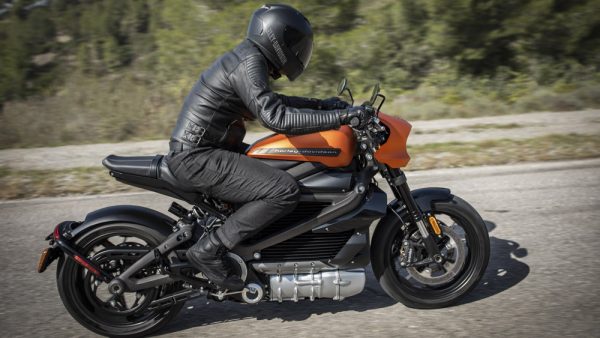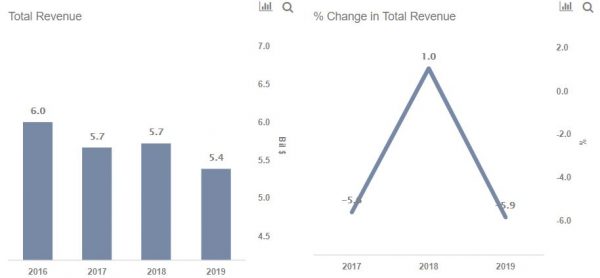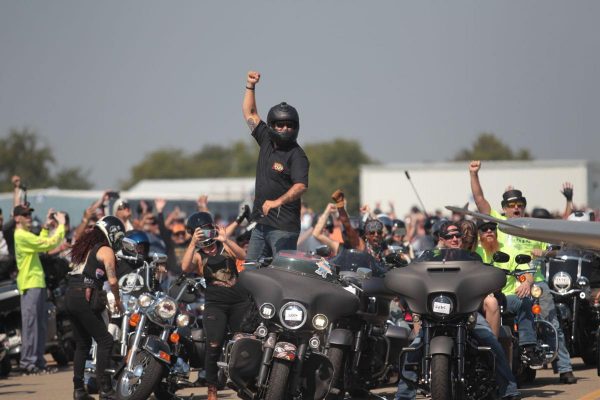1976 Harley-Davidson Bicentennial Super Glide
Harley-Davidson adds psychedelic graphics and celebrates the Bicentennial. In 1976 Super Glides and Electra Glide were available in the Liberty Edition. Celebrating America’s Bicentennial, the bikes featured some of the most psychedelic American graphics ever applied to a production machine. After almost 45 years many of the graphics have faded or been stripped off, making the few machines remaining in original condition quite rare and desirable. Looking for a lighter appearance, customizers began swapping Sportster fork units onto Harley-Davidson Big Twins. Willie G. Davidson and The Motor Company picked up on this trend producing the FX model, the Super Glide. By 1977 the formula was refined and the product got the name Low-Rider and the rest is history. Sales soared on these models as they offered the cool, kicked back look, low 27” seating great for women. The new 80” engine arrived in the Low-Rider in 1979, belt drive arrived in a few years as well. The Sturgis model was also based on this machine. This Harley-Davidson Bicentennial machine is from the John and Jill Parham Collection and is one of many Harley-Davidson motorcycles from 1905 through the 2000’s that you can enjoy when you visit the National Motorcycle Museum in Anamosa, Iowa. Besides this Bicentennial Harley-Davidson, you can enjoy several Knuckleheads, Panheads, Bobbers and others from the large Harley-Davidson section in the Museum. Specifications: Engine: Overhead Valve, 45 Degree V-Twin Type: 1200 cc / 74 Cubic Inches Bore & Stroke: 3.44 x 3.97 Horsepower: 65 HP Carberator: Bendex Transmission: 4-Speed Primary Drive: Chain Ignition : 12 Volt / Coil & Points Frame : Double Down Tube Suspension: Telescopic Fork / Hydraulic Shocks Wheelbase: 63.5” Wheels/Tires: 3.50 x 19” Front, 5.00 x 16” Rear Weight: 623 lbs
1976 Harley-Davidson Bicentennial Super Glide Read More »

